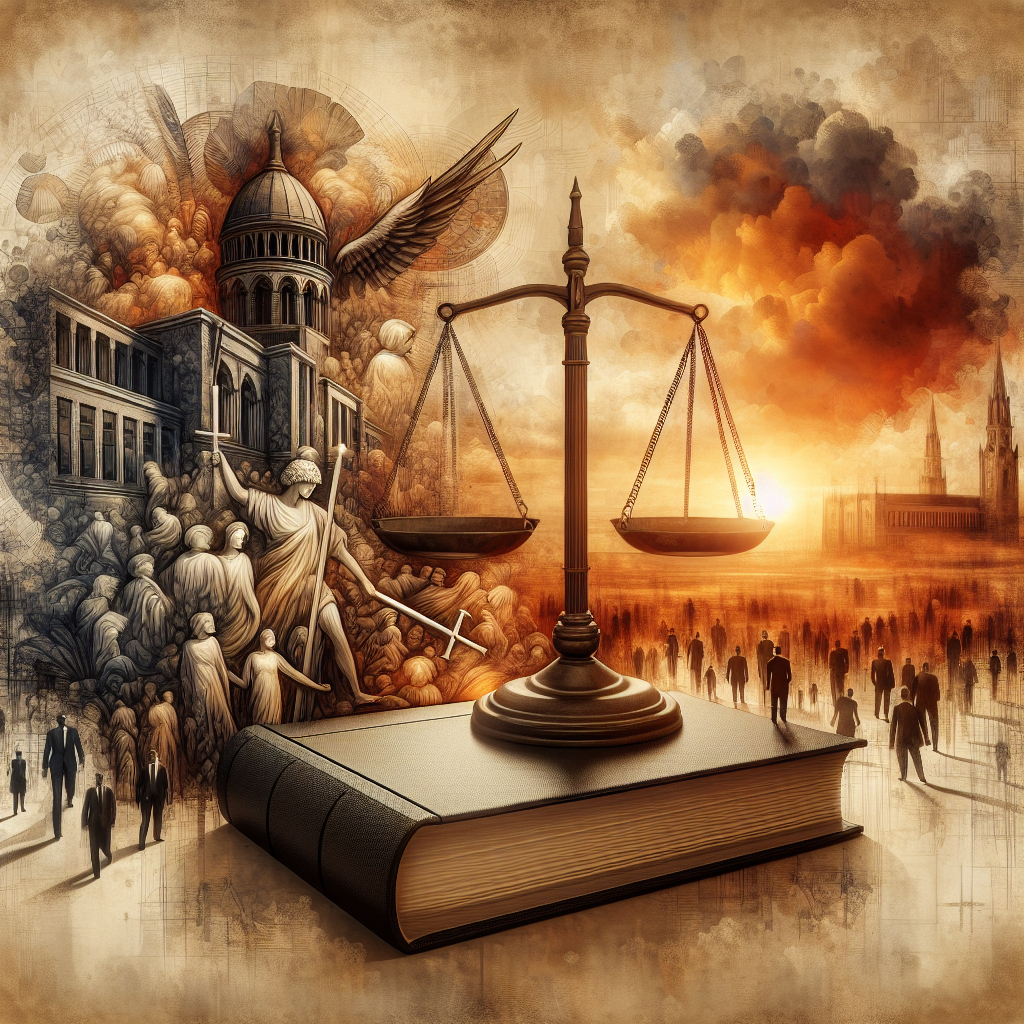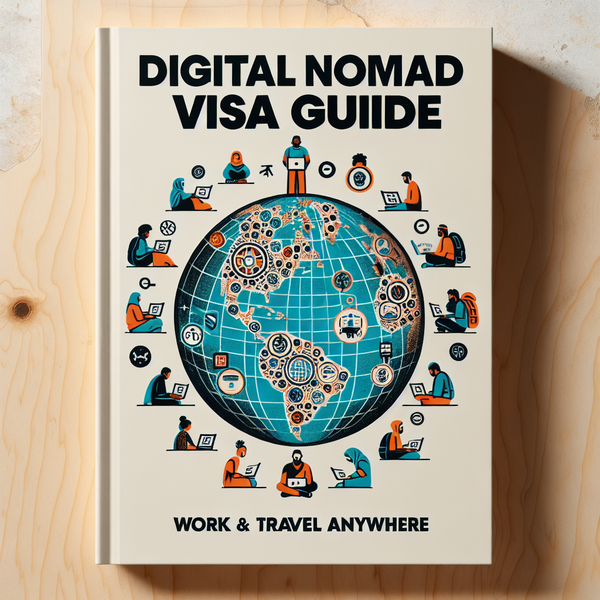The Power and Influence of the Supreme Court: A Long-Term View

The Power and Influence of the Supreme Court: A Long-Term Perspective
From the cornerstone of democratic governance to the final arbiter of the law, the United States Supreme Court holds an exalted position within the country's political landscape. Its power and influence extend far beyond the walls of its hallowed halls, shaping the trajectory of the nation's legal, social, and cultural fabric. With a long-term lens, we delve into the evolving role and impact of this revered institution, underscoring its enduring significance and the ways its decisions ripple through time and space.
🧠 U.S. Supreme Court Mini Quiz
Why the Supreme Court Still Holds Ultimate Power
The Supreme Court, an integral component of the Judiciary, is one of the three branches of the U.S. government. The primary purpose of the Supreme Court is to interpret the Constitution and ensure justice is served, thus holding a significant role in shaping the policy and legal landscape of the country. The power and influence of the Supreme Court can be seen through its ability to make landmark decisions that have long-term effects on society, politics, and the economy.
What Actually Gives the Supreme Court Its Power?
Who Decides What the Constitution Really Means?
One of the primary principles of the Supreme Court is the interpretation of the U.S. Constitution. The Court has the unique authority to interpret the Constitution and determine its meaning, effectively becoming the final arbiter of what the Constitution says. This is a crucial role, as the Court's interpretation of the Constitution can set legal precedents that shape the nation's future. For example, in the landmark case of Brown v. Board of Education (1954), the Supreme Court interpreted that the "separate but equal" doctrine, which allowed racial segregation in public schools, was unconstitutional. This decision led to the desegregation of schools across the country, highlighting the Court's influence on societal norms.
How the Supreme Court Can Strike Down Any Law
Judicial review is another core principle of the Supreme Court. The Court has the power to review the constitutionality of laws passed by Congress and actions taken by the Executive branch. If the Court determines that a law or action violates the Constitution, it has the power to strike it down. The case of Marbury v. Madison (1803) is a classic example of this principle. In this case, the Supreme Court established its authority to review and nullify unconstitutional laws, setting a precedent for the exercise of judicial review.
The concept of judicial review wasn't explicitly in the Constitution. It was “invented” in Marbury v. Madison (1803)—a bold move that gave the Court its real power.
Decisions That Echo Through Decades
The Supreme Court's decisions often have long-lasting effects that extend beyond the immediate parties involved in the case. Decisions made by the Court can influence societal norms, public policy, and even future court decisions.
When the Court Changed What America Believes
The Supreme Court's decisions often mold societal norms. For instance, the landmark ruling in Obergefell v. Hodges (2015) legalized same-sex marriage nationwide. This decision not only affected the immediate parties involved but also transformed societal views on marriage, promoting acceptance and equality.
From Roe to Obergefell: Policy by Gavel
The Supreme Court also impacts public policy. For example, the decision in Roe v. Wade (1973) legalized abortion and has since influenced public health policies and political debates.
How One Ruling Sets the Stage for the Next
Finally, the Supreme Court's decisions often set precedents that guide future court decisions. For instance, the Miranda v. Arizona (1966) ruling, which led to the establishment of the "Miranda rights," continues to guide law enforcement procedures and court rulings on self-incrimination. In conclusion, the Supreme Court's power and influence are immense, shaping societal norms, public policies, and future court decisions. Its interpretation of the Constitution and exercise of judicial review are core principles that have molded the United States' legal and societal landscape over the centuries.
How Policymakers Use Supreme Court History
The power and influence of the Supreme Court can be integrated into policy-making in government institutions. For instance, policy developers can use the historical decisions of the Supreme Court to shape and form new policies. The long-term view of the Supreme Court's actions provides a rich historical context that could be influential in creating laws that align with the evolving interpretation of the constitution. A practical application could be in the development of social policies. A thorough understanding of landmark rulings like 'Brown v. Board of Education' can help policymakers understand the Court's perspective on desegregation, thereby enabling them to craft policies that uphold the principles of equality and non-discrimination.
Why Law Students Still Study 200-Year-Old Cases
The power and influence of the Supreme Court: A Long-Term View is a significant tool in legal education and research. Law students, professors, and researchers can use the resource to understand the evolution of legal thought and the shifting ideologies of the Supreme Court over time. For instance, law students studying constitutional law can use the resource to trace the historical development of constitutional doctrines. A detailed analysis of the Supreme Court's decisions can provide insights into the interpretation of constitutional provisions, thereby enriching their understanding of constitutional law.
How Activists Win by Studying Old Rulings
Advocacy groups and lobbyists often study historical Supreme Court decisions to anticipate future legal outcomes. By aligning their strategies with the Court's past behavior, they increase the chances of success.
📌 For example, environmental advocacy groups may analyze rulings on environmental regulation to craft persuasive arguments that echo past successful cases.
A Historical Force Shaping America
The Supreme Court wasn’t always powerful. In fact, it gained its foundational authority through the 1803 case Marbury v. Madison, which established judicial review.
Since then, decisions like:
- Brown v. Board of Education (1954)
- Roe v. Wade (1973)
- Obergefell v. Hodges (2015)
...have reshaped societal norms.
Activist vs. Restrained Court
While some Justices push boundaries through judicial activism, others prefer restraint, interpreting rather than reshaping the law. Scholars continue to debate which is more impactful—but both philosophies have left their mark.
Advocacy groups and lobbyists can utilize the power and influence of the Supreme Court: A Long-Term View to strategize their campaigns. By understanding the Supreme Court's historical stance on certain issues, these groups can tailor their arguments and strategies to the Court's prevailing ideologies. For example, an advocacy group fighting for environmental rights can study the Supreme Court's rulings on environmental cases to understand the Court's position and the legal arguments that have been successful in the past. This knowledge can be influential in shaping their advocacy strategy and in preparing legal arguments for potential court cases.
📌 What is the Supreme Court's main function?
The Supreme Court interprets the Constitution and has the final say on federal legal matters. It resolves disputes, reviews laws, and ensures justice is served under constitutional principles.
⚖️ Can the Supreme Court overturn its own rulings?
Yes. While rare, the Court can reverse past decisions if it deems them incorrect under current legal interpretation—e.g., Brown v. Board of Education overturned Plessy v. Ferguson.
👩⚖️ How are Justices appointed?
The President nominates a Justice, and the Senate confirms them. Once appointed, they serve for life—unless they retire, resign, or are impeached.
🧭 Do Supreme Court decisions affect daily life?
Absolutely. Rulings impact rights, healthcare, voting, education, and more—often shaping national policies and societal norms for decades.
In conclusion, 'The Power and Influence of the Supreme Court: A Long-Term View' provides invaluable insights that resonate across industries and time periods. The Supreme Court's authority shapes not just legal frameworks, but also has far-reaching implications on various sectors, including business, healthcare, education, and civil rights. It elucidates the Court's evolving role, dissecting its decisions and their impacts on American society and beyond. This comprehensive analysis proves essential for anyone seeking to understand the complex interplay between law, society, and industry. Regardless of one's professional background or historical interest, this examination of the Supreme Court's power offers a profound understanding of societal structures and their effects on our daily lives. Its relevance, therefore, permeates beyond the judicial realm, extending to all who live under the influence of these decisions and wish to navigate their implications successfully.



